News in brief - Spring 2023
The people and research of the University of Adelaide receive wide media attention locally, nationally and internationally, on a broad range of topics.
In the first half of this year alone there were 18,000 items in the news about the University – in print, radio, TV and online – which reached more than 200 million people globally. These are just some of those stories.
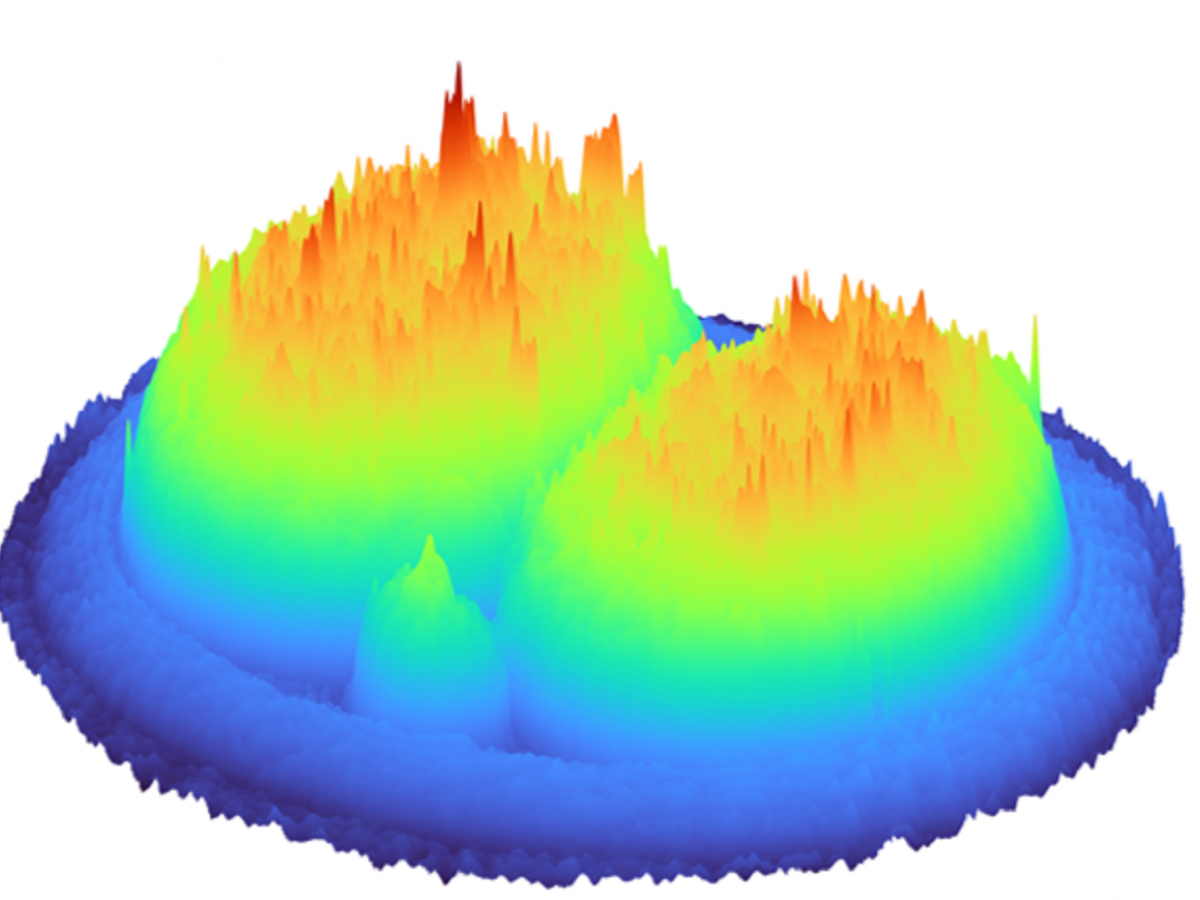
A 3D hologram of a 2-cell embryo generated by the digital holographic microscope.
A collaborative research project between the University of Adelaide and University of St Andrews has developed world-first 3D holographic images of an embryo, a technology which could improve IVF outcomes.
Led by Dr Kylie Dunning, Hospital Research Foundation fellow from the University’s Robinson Research Institute, and Professor Kishan Dholakia from the University of Adelaide and the University of St Andrews, the images were of a pre-clinical model of an embryo at various stages of development. The technology provides clinicians with a non-invasive method of gaining valuable insights into a growing embryo.
“For couples wishing to conceive, the quality, or developmental potential, of an embryo is critical as it dictates the success of their pregnancy and ultimately, the birth of their child,” Dr Dunning says.
“In vitro fertilisation (IVF) clinics routinely assess embryo quality by visual inspection to check if an embryo is developing in a time-appropriate manner or by an invasive biopsy to determine DNA content of the biopsied sample.
“However, these approaches have failed to improve the success rate of IVF which has remained stagnant for more than a decade.”
In 2018, it was estimated eight million babies had been born through IVF since the world’s first in 1978. Data from 2020 show a 38.9 per cent live birth rate per embryo transfer for patients under 34 years.
Dr Dunning says these 3D holograms, which use “miniscule amounts of light... to allow rapid visualisation of the embryo in a fraction of a second” might see those rates increase.
“Optical technologies hold immense promise to unravel the metabolism and health of the embryo. This gentle, non-invasive approach could lead to improved IVF success.”
A new program has brought together Federal and State representatives from across the political spectrum to address the underrepresentation of women in Australian politics.
Pathways to Politics Program for Women is a national and proudly non-partisan initiative equipping women and non-binary people with the skills, knowledge, confidence and networks they need to run for elected office and thrive as political leaders.
The program is offered free for up to 25 participants.
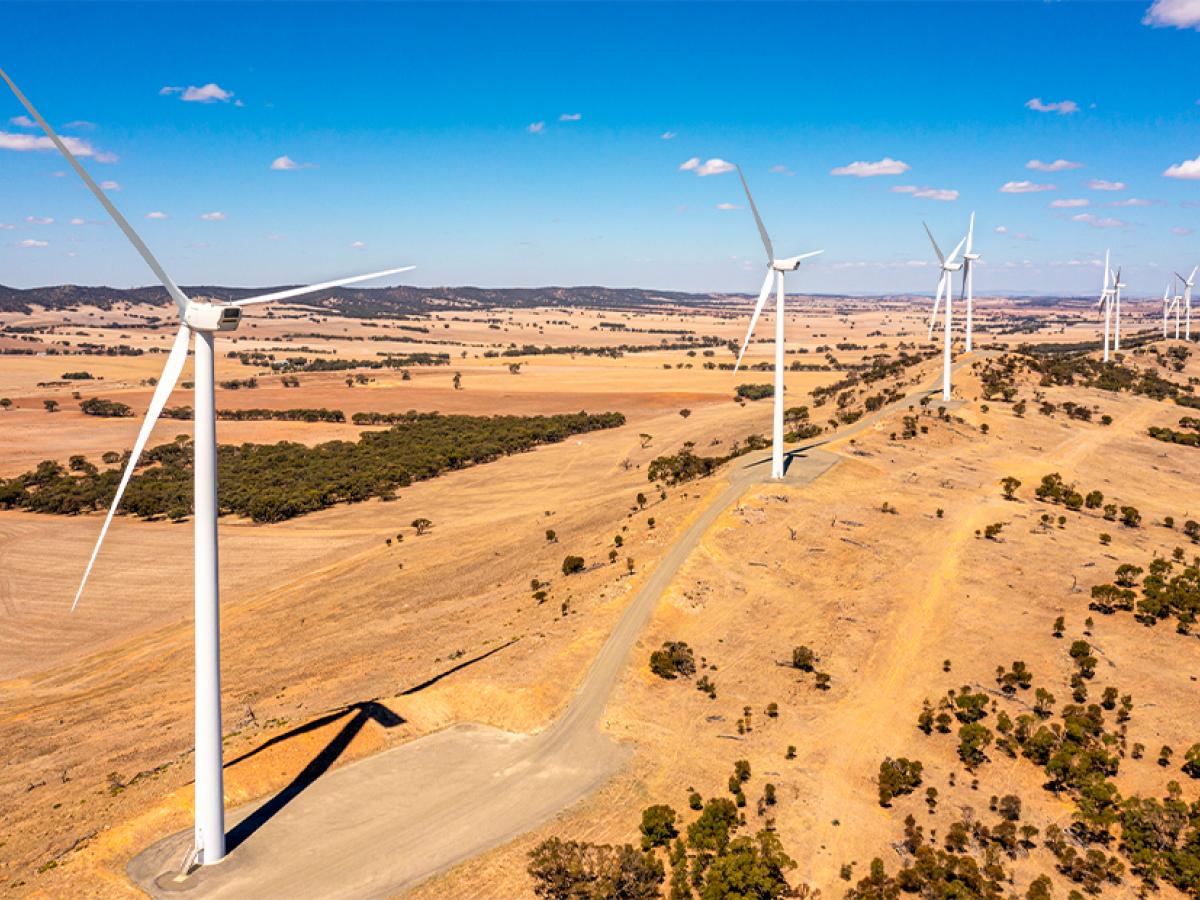
Select for reliable renewables and save
New research suggests considering the predictability of a solar or wind farm site’s energy output could reduce costs for consumers.
Solar and wind farms sell their energy to the market before it’s generated and are penalised if they don’t meet projections, making reliably predicting power generation “one of the biggest challenges in the renewable energy sector,” says PhD candidate Sahand Karimi-Arpanahi, who led the research.
The team analysed six solar farms in New South Wales and selected up to nine alternative sites. When the predictability of energy generation was considered, they found a significant increase in potential revenue.
Fast track to reducing risk of type 2 diabetes
A fasting diet which focuses on eating early in the day could be the key to reducing the risk of developing type 2 diabetes.
Researchers from the University of Adelaide and South Australian Health and Medical Research Institute compared two different diets; a time-restricted, intermittent-fasting diet and a reduced-calorie diet, to see which was more beneficial for people prone to developing type 2 diabetes.
Following the fasting diet “could help lower the chances of developing type 2 diabetes,” says senior author, the University of Adelaide’s Professor Leonie Heilbronn, Adelaide Medical School.
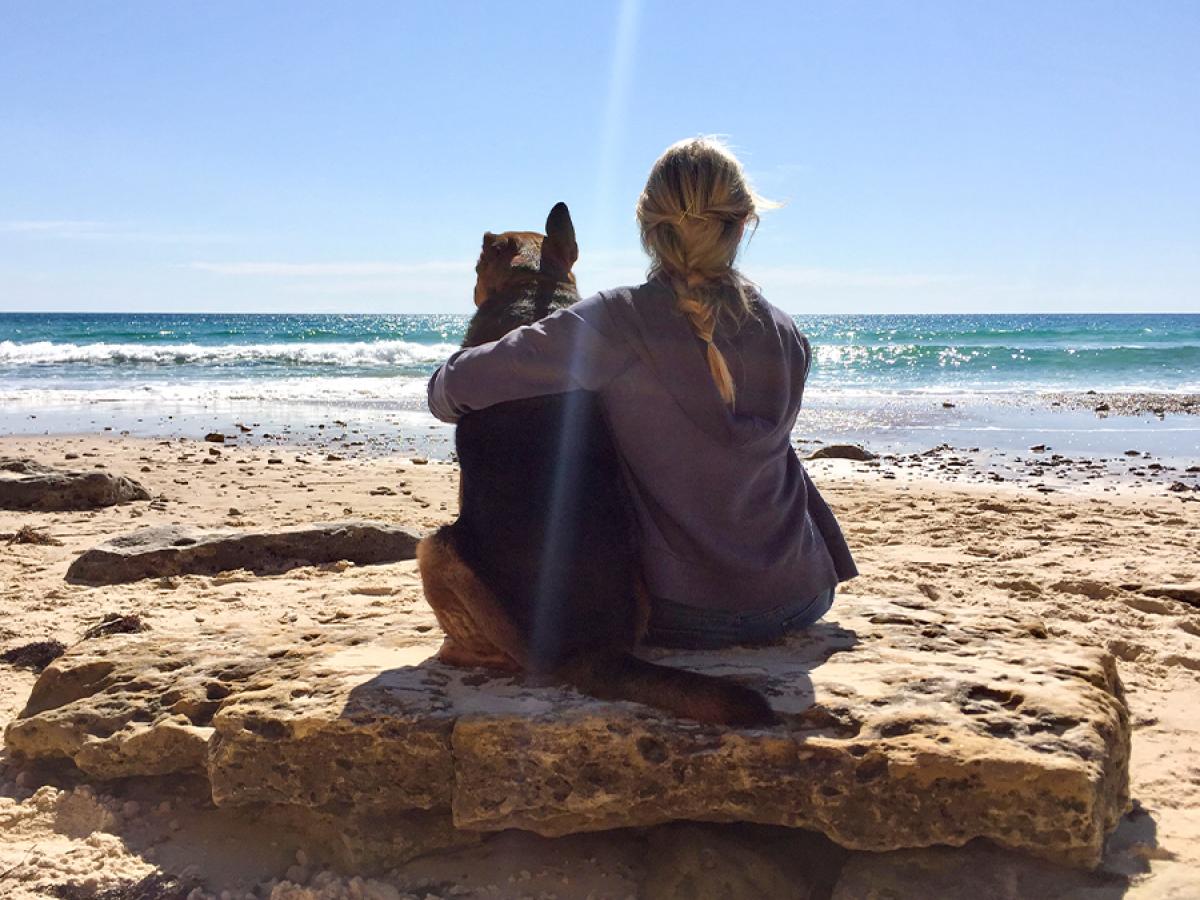
Photo by Tina Easterbrook
Human meds treating canine cancer
A new trial will investigate if a potential treatment for breast cancer in humans can prolong the lives of pet dogs diagnosed with the disease.
The FiDo (First-In-Dog) Cure for Cancer trial is an Australian-first initiative and will evaluate if the estrogen-blocking medication is more effective than surgery for treating mammary cancer in canines.
“There is an urgent need for an alternative to surgery that will cure mammary cancer in dogs rapidly,” says the University of Adelaide’s Professor Wayne Tilley, Director of the Dame Roma Mitchell Cancer Research Laboratories. “For many dogs with malignant mammary cancer, the cancer has already spread to other organs by the time of diagnosis, surgery is not curative and the disease can progress.
“Our aim is to develop a safe medical treatment for mammary cancer in dogs that is affordable, improves quality of life and is also effective in treating cancer that’s spread to other organs.”
Like breast cancer in women, the growth of mammary tumours in dogs is often initiated and driven by the female sex hormone, estrogen.
Researchers will trial a new medication that blocks the cancer-fuelling actions of estrogen by targeting androgen receptors in the body.
Androgens are male sex hormones and androgen receptors (AR) govern how the body reacts to this hormone.
Previous research suggests AR could counteract the effects of estrogen, stopping breast cancer from spreading.
“We recently published a ground-breaking study showing that drugs that activate the androgen receptors have excellent potential as an effective, well-tolerated treatment for most breast cancers in women. We believe this could produce better outcomes for dogs as well,” says Professor Tilley.
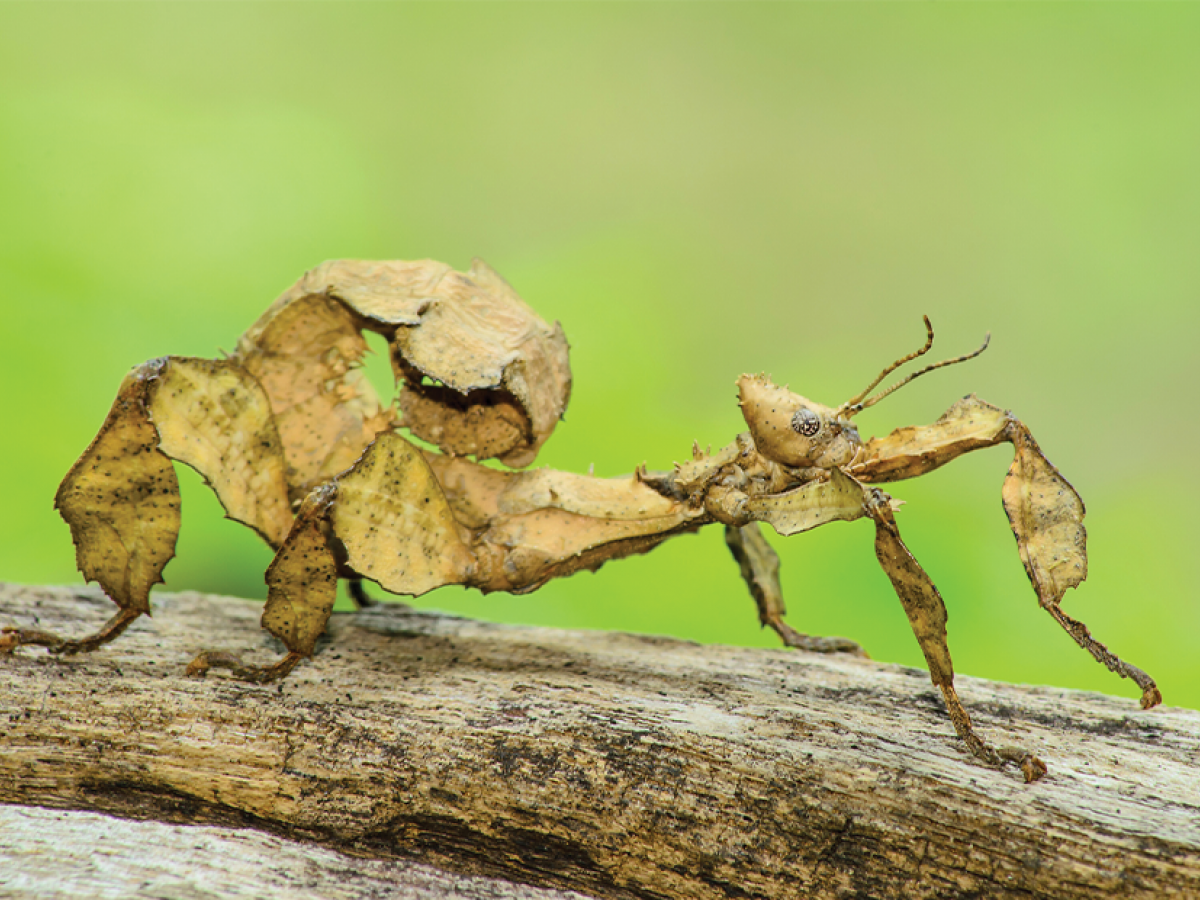
Spiney leaf stick insect - Extatosoma tiaratum
Researchers investigating the level of online trade in invertebrates in Australia have found 264 different species of terrestrial invertebrates for sale online in Australia.
The year-long University of Adelaide study found buyers were looking to “acquire unusual species of invertebrates - even those that are lethal or dangerous to humans,” says University of Adelaide PhD student Charlotte Lassaline, from the Invasion Science and Wildlife Ecology Lab, who led the study.
Charlotte says the most traded species were the spiney leaf insect and the Flinders Ranges scorpion, and they “even uncovered the trade of 57 species of ant”.
It’s a popular takeaway choice, but new research has revealed threatened species of shark are being sold as flake at some outlets across South Australia.
A team of University of Adelaide researchers analysed the DNA of fillets from more than 100 retailers across South Australia to determine what was being labelled flake – an umbrella term used to describe shark meat fillets.
A total of nine species were identified, including four threatened species and some which are not found in Australian waters. Only 27 per cent of the samples were found to be gummy shark, one of just two species recommended to be sold as flake.
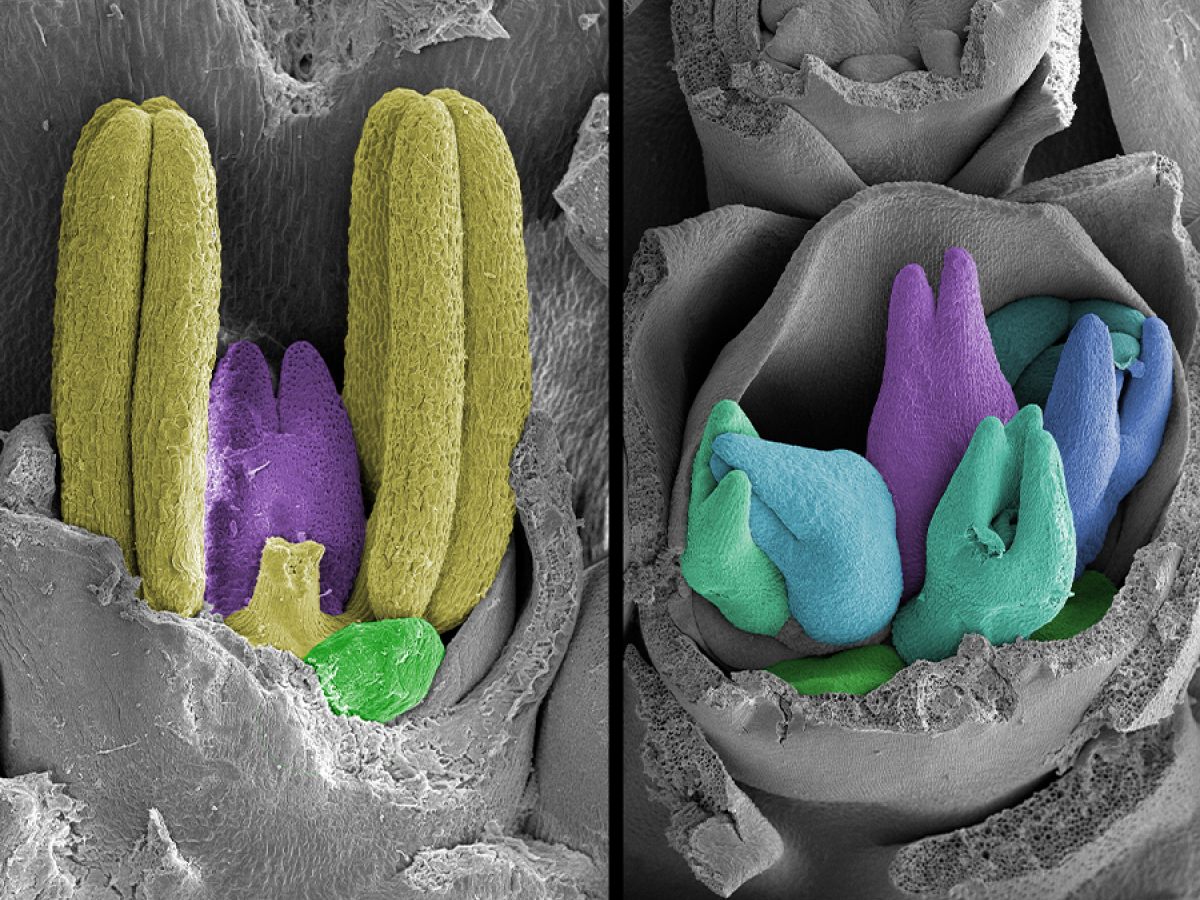
A normal barley flower compared to the flower of a mutant barley variety, which could hold the key to increasing yields. Credit Dr Caterina Selva
Cracking the code for better barley
Researchers have identified several genes in barley that could eventually lead to larger yielding crops.
The research was carried out at the Waite Research Institute and involved genetic techniques and molecular biology to examine several historical multiovary barley mutants, to determine which genes boost fertility and make the plants more receptive to cross-pollination.
Lead researcher Dr Caterina Selva says the study found one mutant variety that was “more fertile” and “capable of producing up to three times the number of seeds than the other plants”.
Traumatic brain injuries under the microscope
People who sustain a traumatic brain injury (TBI) may soon know if they are likely to develop Parkinson’s disease or a long-term memory impairment.
University of Adelaide researchers will use state-of-the-art brain scans, biomarker analysis and machine learning to compare he brains of TBI sufferers with those of healthy individuals and people with established Parkinson’s disease to identify factors in the brain that increase the risk of neurodegenerative disease after a TBI.
“We’re ultimately hoping to alter the way that clinical diagnosis and prognosis for survivors of traumatic brain injury is done,” says project lead Associate Professor Lyndsey Collins-Praino.
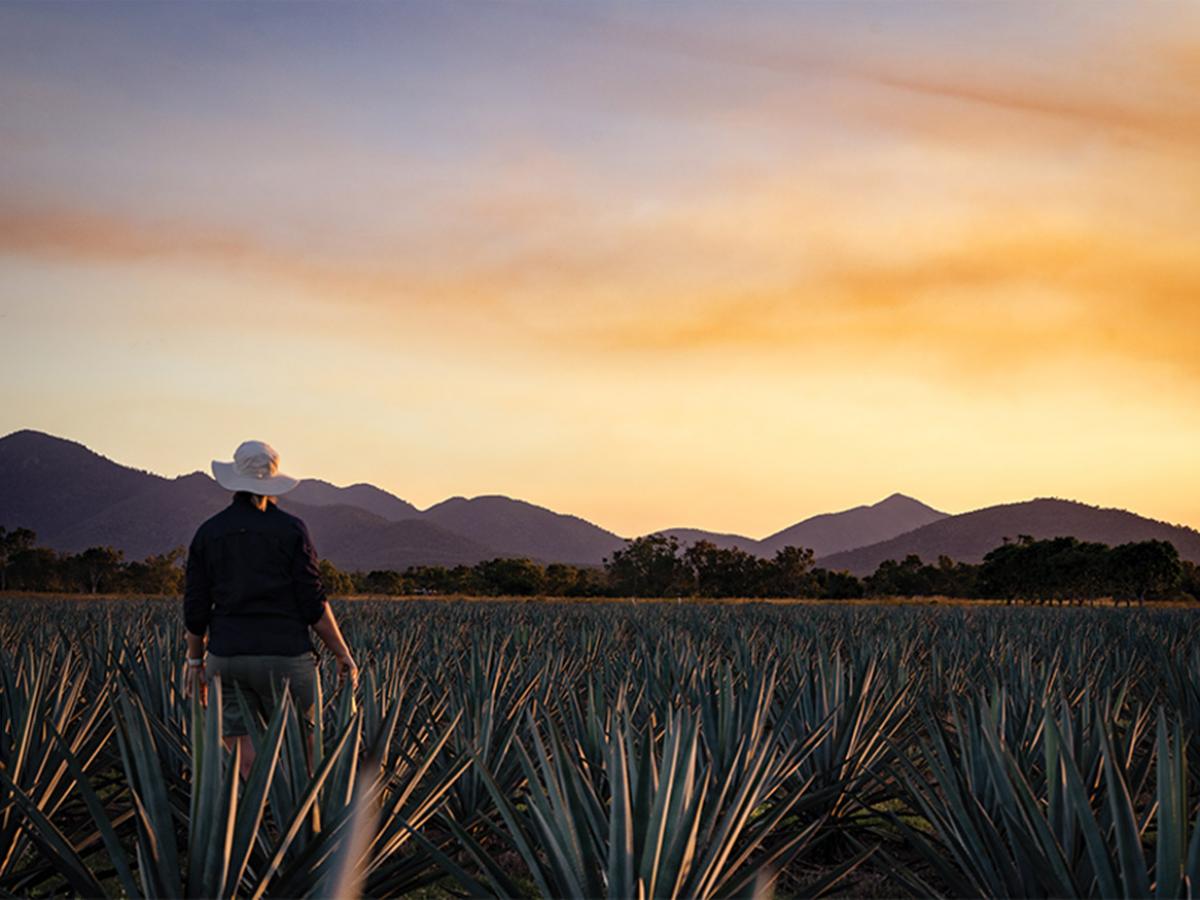
A new Australian agave spirit, produced with the aid of University of Adelaide research, could be a stepping stone to using the plant as a sustainable and carbon-neutral fuel source.
The spirit, named Act of Treason, was produced by Top Shelf International using 100 per cent Blue Weber Agave grown near Bowen in north Queensland.
Professor Rachel Burton, Head of the University’s Food Science department, says her team will now explore creating agave biofuels.
“Instead of using the juice to make a spirit, you can use it to make hydrogen,” she says.
A world-first trial-scale no- and low-alcohol wine research facility has launched at the Waite campus this year, thanks to almost two million dollars invested by the South Australian government.
So-called NOLO wines cater to an emerging market in Australia and around the world, with a growing number of drinkers looking for less buzzy booze.
The research facility is a collaboration between the University of Adelaide, the Department of Primary Industries and Regions and The Australian Wine Research Institute.
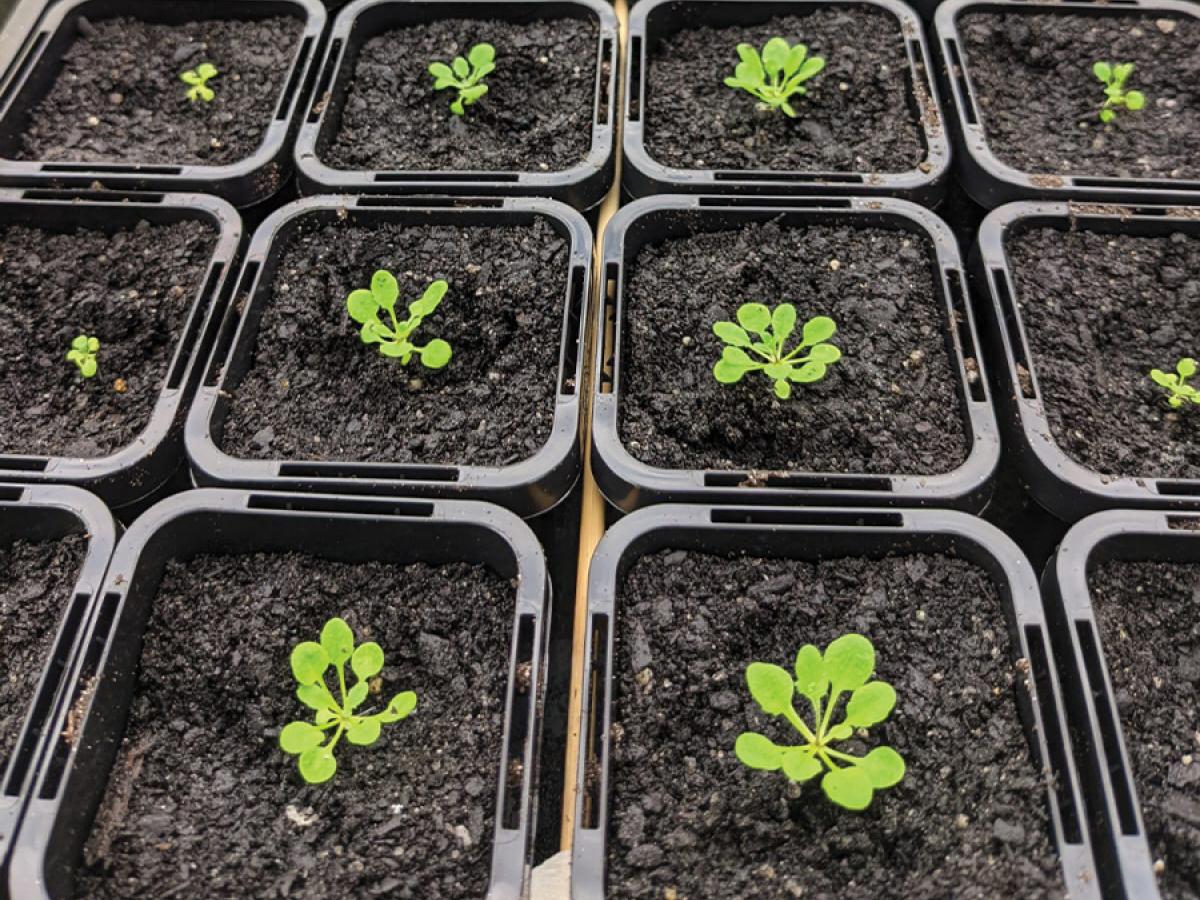
Failed antibiotic turns weed killer
Weed killers of the future could soon be based on failed antibiotics.
A molecule which was initially developed to treat tuberculosis, but failed to progress out of the lab as an antibiotic, is now showing promise as a powerful weapon against weeds that invade gardens and cost farmers an estimated $5 billion each year.
While the failed antibiotic wasn’t fit for its original purpose, scientists at the University of Adelaide discovered that by tweaking its structure, the molecule became effective at killing two of the most problematic weeds in Australia – annual ryegrass and wild radish – without harming bacterial and human cells.
“This discovery is a potential game changer for the agricultural industry,” says lead researcher Dr Tatiana Soares da Costa from the University of Adelaide’s Waite Research Institute.
“Many weeds are now resistant to the existing herbicides on the market, costing farmers billions of dollars each year.
“Using failed antibiotics as herbicides provides a short-cut for faster development of new, more effective weed killers that target damaging and invasive weeds that farmers find hard to control.”
Researchers at the University’s Herbicide and Antibiotic Innovation Lab discovered there were similarities between bacterial superbugs and weeds at a molecular level.
They exploited these similarities and, by chemically modifying the structure of a failed antibiotic, they were able to block the production of amino acid lysine, which is essential for weed growth.
“There are no commercially available herbicides on the market that work in this way. In fact, in the past 40 years, there have been hardly any new herbicides with new mechanisms of action that have entered the market,” says Dr Andrew Barrow, a postdoctoral researcher in Dr Soares da Costa’s team.
